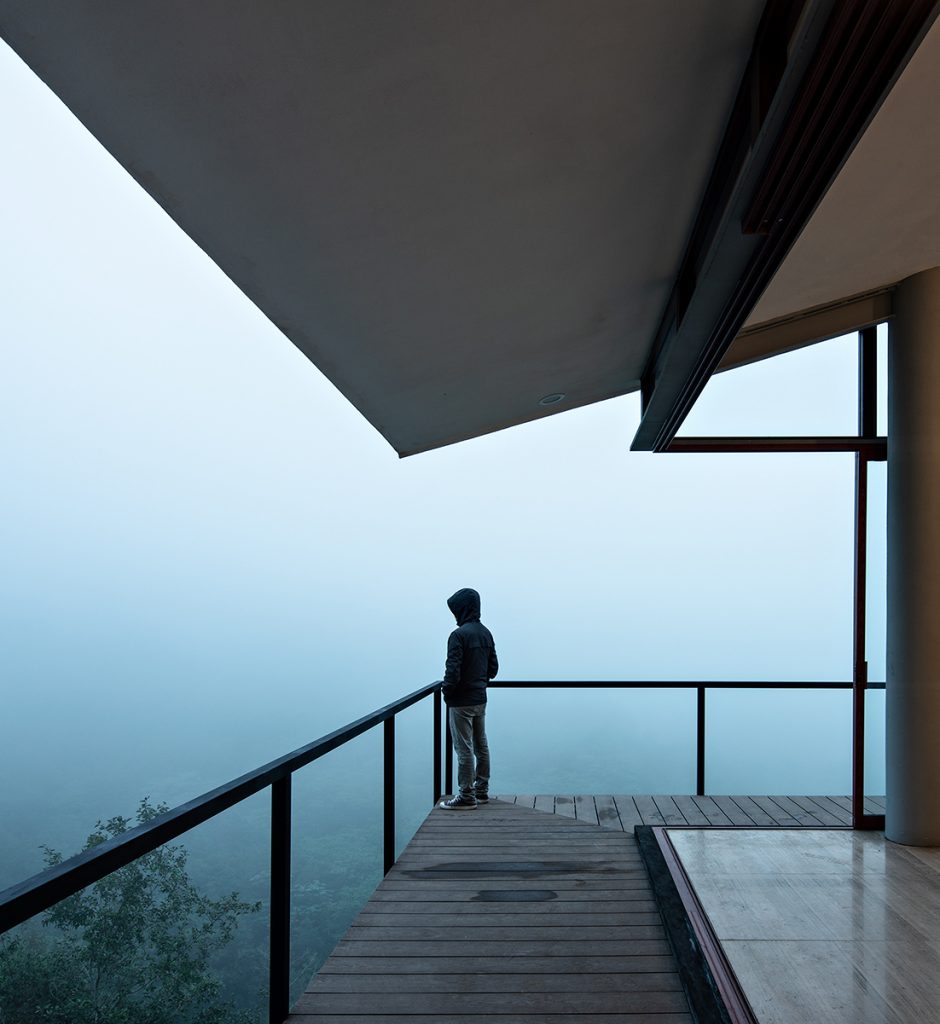

ABOUT THE AUTHOR
Jessica Alcantara Rivera Bachelor in Architecture, Master in Science by The University of Sheffield, UK / current BIM coordinator position at Cafeína Design.
“I am interested in studying how architects approach a wide variety of different and creative design processes. In today’s practice, we can be surprised by the diversity of digital tools that allow us to build a bridge between the questions we make and the precise answers to those questions. Through information access and the use of virtual simulations plus visual programming, we can open our eyes to a new world of knowledge inside the Architecture Engineering and Construction (AEC) Industry. I truly believe that the correct implementation of new technologies and new design methodologies can transform the architectural practice towards a smart discipline that would bring real solutions to global challenges.”
Did you know that architecture does not only belong to the arts and humanities field?
When we discuss the practice of architecture, frequently we imagine this well-looking and interesting character, who looks like a merge of artist and philosopher, and who magically when being in front of a canvas or computer, usually can create spaces coming right from his imagination. This person can visualize colors, textures, dimensions, and is also well prepared to understand the client’s needs, interpret stylistic preferences and adjust the project to a proposed budget.
Even when this description applies to almost all architectural firms and their practitioners, definitively is not the only thing that we as architects can do, especially in this new digital era. Therefore, architecture belongs today more than ever also to the field of Science and Technology. Advanced simulation engines and building performance analysis data are available to enrich our practice by testing our projects before they are built.
Why would we be interested in testing a building?
Much has been told about the impact that a new building has on the environment, as an example some studies suggest that the AEC industry is responsible worldwide for 50% of natural resources extraction, 40% of the consumed and in-use energy as well as the 50% of the generated residual. This means that from the phase of conception to demolition any building will have a considerable impact on the earth.
That’s why testing is so important. In this way, we should be able to understand our conceptual project and ask several questions! like:
- How the building will perform in determining circumstances that can be problematic in the future?
- How much energy the building will be spending within a year?
- Are we going to rely on natural or artificial lighting?
- How much money HVAC system will cost per year?
- Are we going to feel comfortable in the interior?
- Will we experience heat or cold?
- How many hours of natural lighting we should be enjoying during a common day?

How to obtain the answers to those questions? and more importantly, what's the purpose?
We have arisen to the main topic: Evidence-Based Design, which can be defined as “the deliberate attempt to base design decisions on the best available research evidence” this means that our designs can be sublime in their artistic expression, but also, these can be responsive to the methodical and scientific study of the environmental conditions of the site location. We should be able to predict their future and the multiple interactions that these will have with human beings. Because human happiness is the main goal we should be achieving. To illustrate this, several studies have been conducted in health facilities where evidence links a great physical environment with the improvement of patients and staff safety, wellness, and satisfaction.
During the early stages of a conceptual design project, we can perform preliminary analysis and simulations regarding natural lighting, solar radiation, energy efficiency, bioclimatic strategies and building orientation, and the impact of vegetation in microclimates.





When looking for an architectural firm for your next design project, make sure it will incorporate Evidence-Based Design Methodology with the main goal of meeting global requirements for sustainable buildings.
Here in Cafeína Design, we incorporate the Evidence-Based Design Methodology, while looking for a continuous improvement of our design processes and workflows, to predict and anticipate the building performance during the very early phases, this allows us to make better design decisions and therefore meet all client and final users’ expectations.
Want to learn more about this topic?
Contact us
